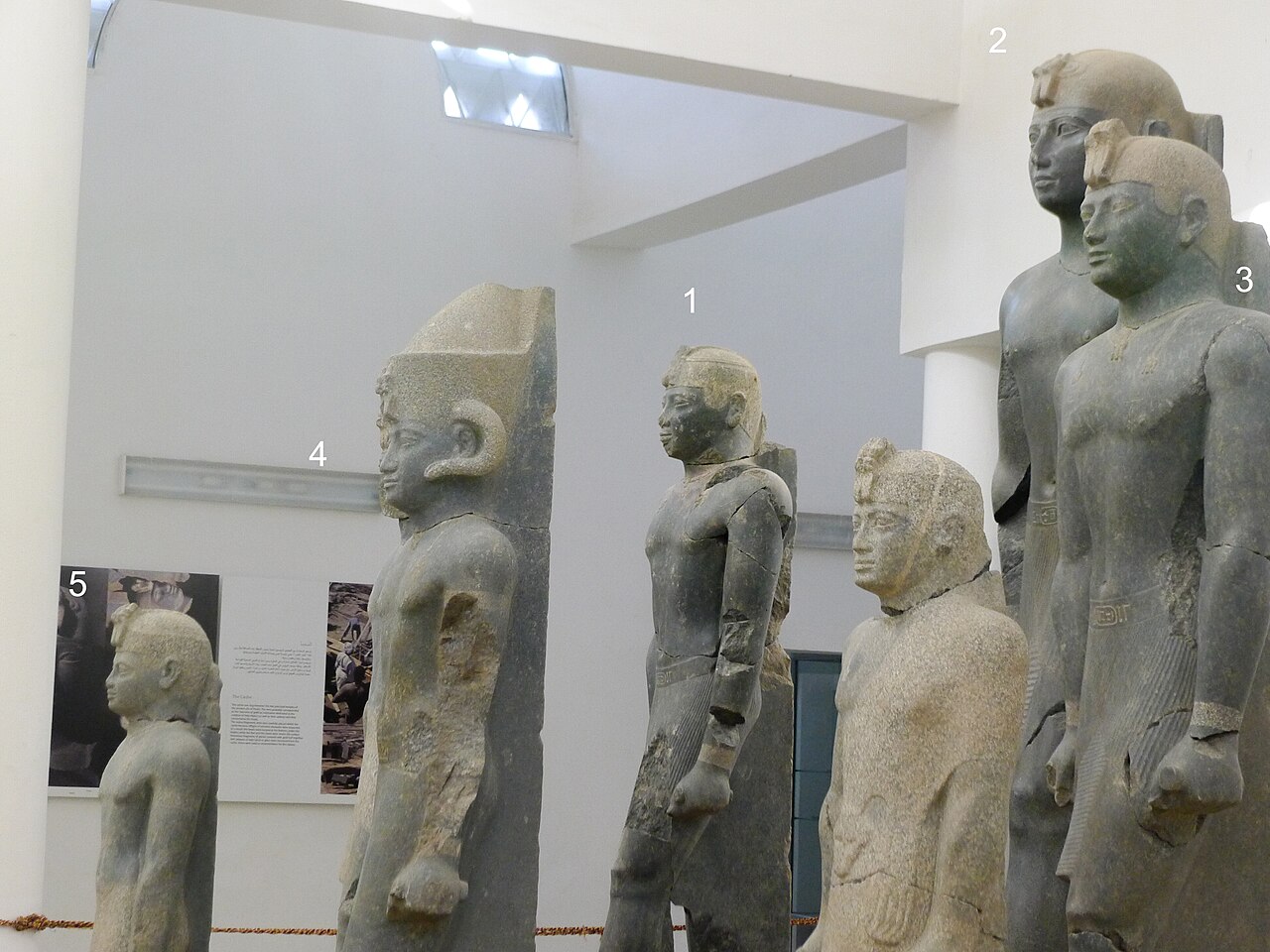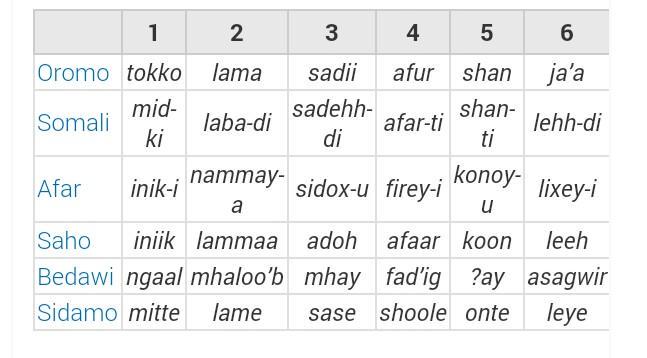These are a few words from the High East Cushitic languages, like Sidaamo
The only ones I recognise are:
Sidaamo - Somali
Daadd "flow" - Daad "flood"
Hadiyya - Somali
Dagieera "monkey" - Daayeer "monkey"
Burji - Somali
Dax-aa/dagh "stone" - Somali "dhagax"
Kambaata - Somali
Far "finger" - Far "finger"
Burji - Somali
Tear "cloth" - Dhar " clothes"
It goes on and on.
http://khakas.altaica.ru/cgi-bin/response.cgi?root=config]&morpho=0&basename=\data\semham\hecet&first=81
The only ones I recognise are:
Sidaamo - Somali
Daadd "flow" - Daad "flood"
Hadiyya - Somali
Dagieera "monkey" - Daayeer "monkey"
Burji - Somali
Dax-aa/dagh "stone" - Somali "dhagax"
Kambaata - Somali
Far "finger" - Far "finger"
Burji - Somali
Tear "cloth" - Dhar " clothes"
It goes on and on.
http://khakas.altaica.ru/cgi-bin/response.cgi?root=config]&morpho=0&basename=\data\semham\hecet&first=81



